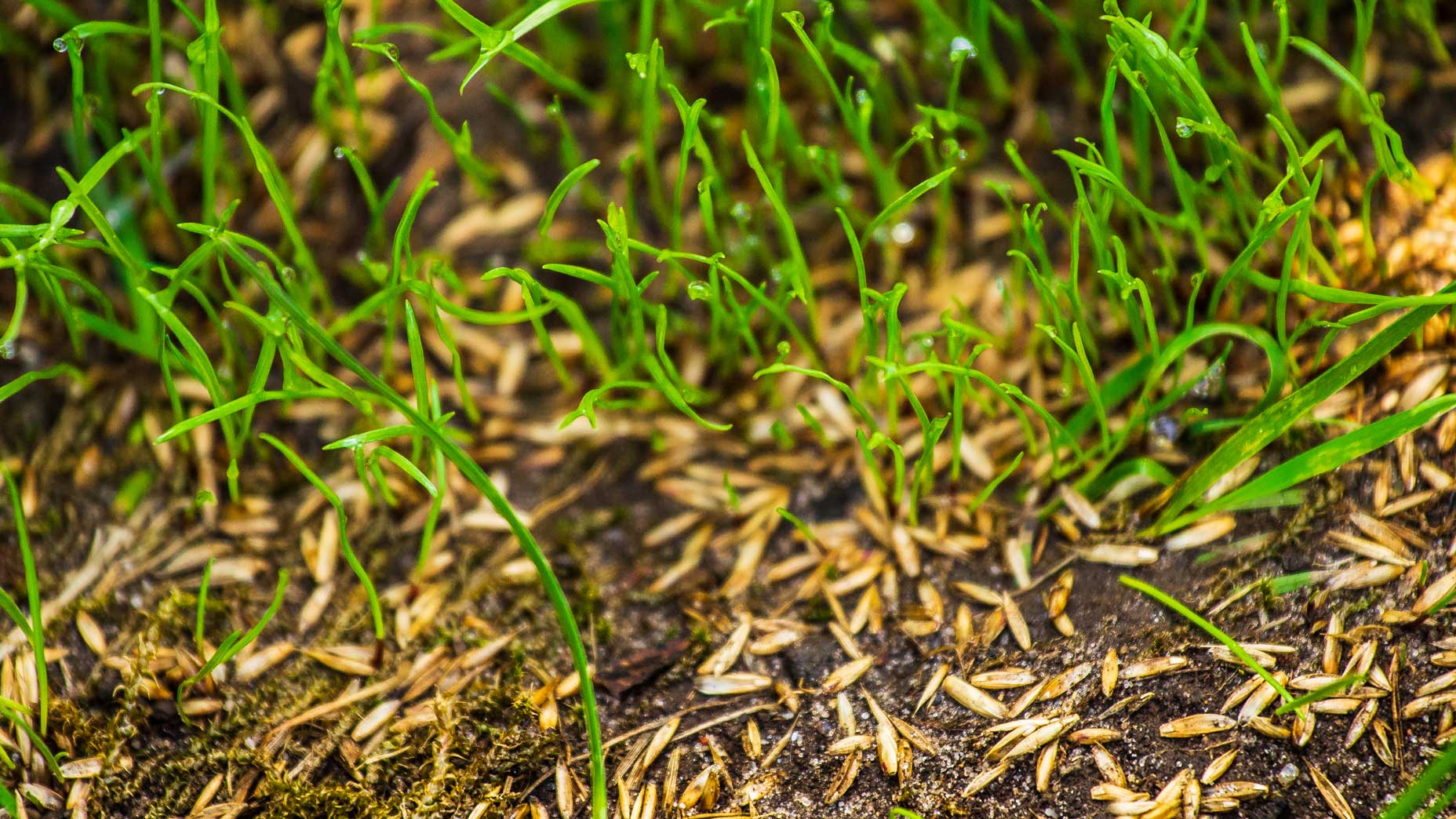Ed. note: Welcome to Super Secrets, a new GOLF.com series in which we’re picking the brains of the game’s leading superintendents. By illuminating how course maintenance crews ply their trades, we’re hopeful we can not only give you a deeper appreciation for the important, innovative work they do but also provide you with maintenance tips that you can apply to your own little patch of paradise. Happy gardening!
The grass isn’t always greener.
Sometimes it’s browner. Sometimes it’s drier.
Often, it’s not even the same type of grass.
As with many plant species, grass comes in a dizzying number of varieties, as you’ve probably noticed if you’ve ever stood in the aisle of a lawn care store, staring at the options, wondering which type of turf to choose.
Golf course operators often face the same question.
So, how do they decide?
We asked Shawn Emerson, a second-generation superintendent and director of agronomy at Desert Mountain, in Scottsdale, to take us through some of the key considerations, and the lessons they hold for us at home.
When do you want the turf in tip-top shape?
The first question Emerson says he always asks is: In what month do you want your grass to look the best? At Desert Mountain, there are seven courses. Three have fairways planted to warm-season grasses. Four have fairways planted to cool-season grasses. Each category peaks at the time of year their name suggests, which is why Desert Mountain closes its cool-season courses in the withering heat of August, while its warm-season courses shut down in October for over-seeding.
The takeaway for homeowners is pretty simple. If you’re keen on keeping your lawn green at the height of summer, without having to go overboard on watering, you’re better off with a warm-season grass, like Bermuda. When the calendar flips, the reverse is true. Where Bermuda goes dormant in the fall and winter (to keep a warm-climate lawn green in the colder months, you’ll need to over-seed with a cool-climate grass), turning brown when the temperature drops, that’s when cool-season grasses are at their verdant best. So if you want your lawn to look its finest in the shoulder seasons, a cool-season variety, such as fescue or rye, is the better bet.
What are you using the turf for?
Some grass types are great for greens. Others are better suited for tees and fairways. Courses pick the turf according to its purpose. A similar thinking should apply for you. “Is your yard a place where kids are always playing?” Emerson says. “Or is it just something you want to be able to admire through your window?” For a yard that needs to stand up to a lot of heavy traffic, Emerson says, a resilient grass like Bermuda is a better choice than a more delicate variety, like, say bentgrass. Recommended mowing heights also make a difference, so check those specs before you buy a bag of seeds. “If your lawn gets a lot of use, grasses that have to be cut at half-inch or lower aren’t going to be great,” Emerson says. You’re looking for a variety with a recommended mowing height of three-quarters of inch or more.
What’s the situation with your shade?
This just in: grass needs sunlight (no wonder turf conditions are often spotty on greens and tees shrouded by tees). But not all varieties require the same amount. You could write a dissertation on this subject. But as a general rule, the shadier your lawn, the better off you are with a cool-season grass. The type of sun your lawn gets also makes a difference. If it receives mostly morning sun, Emerson suggests a cool-climate grass. On the other hand, warm-climate grasses are a better fit for the longer, lingering sunlight of the afternoon, when the heat of the day is bearing down.
How’s the soil?
Not all ground is great for growing grass. The soil in your yard might be rocky or stingy. It might have poor drainage, a pesky problem, especially if you live in a rainy climate. Superintendents have all sorts of sophisticated means for measuring and improving soil quality. But that’s a topic for another day.
In the meantime, here’s one helpful test you can do at home. Give the ground a healthy watering, then check it 15 minutes later. If there’s still standing water, Emerson says, you’ve got poor drainage. So unless you’re going to remedy that problem, you’ll want to plant grass that stands a better chance in those conditions. Prairie grasses and tall fescue meet that standard, but Emerson suggests consulting with your local lawn care expert to narrow down a choice that suits you best.
How much time and resources do you want to spend?
When it comes to choosing a type of turf, most golf courses do a careful calculus of the economic and environmental costs. Similar considerations apply at home. “When I look at a lawn, I’m always thinking what’s the best way to use the least amount of water,” Emerson says. “But I’m also thinking, ‘How much time do I really want to dedicate to this.’” When his kids were young, Emerson would over-seed in the fall so that his lawn could withstand the wear and tear throughout the winter. That meant he also had to mow the grass, extra effort that he considered worth it. Nowadays, with no children at home, Emerson is content to let the grass grow dormant. It’s not a lush green look but it’s lower maintenance. “So much of it comes back to the question of what, exactly, you want out of your lawn and how much you want to put into it,” Emerson says. “Once you know that, it’s easier to narrow down the type of grass you’ll need.”
